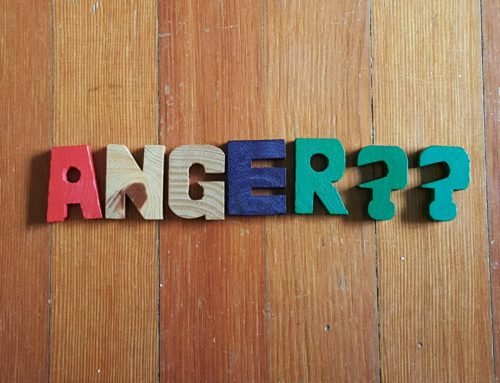Feelings are funny things: we don’t get to choose when we feel something, but we do get to decide what to do when we have the awareness of what is happening for us. So anger can be a signal to take a moment, check in with yourself: what does anger really feel like in your body? Tension, heat, cold, clenching? By taking the time to be present with what is happening you are doing something new, you are stepping out of reaction and into the possibility of values-directed action. It may look something like:
“I’m angry at what happened, or what was said, and I feel hot in my head, my heart is pounding, my throat is tight.”
“Am I really in danger?”
“Is there a time in my past where I felt this before, and what was happening for me then?”
Not sure how to answer that question? Here’s a quick tool/worksheet to help you understand your anger better and the feelings underneath it.
A therapist can help you untangle this present reaction and put it in context of your past, and help you safely navigate the feelings that arise and beliefs you may have adopted. From whom in your family of origin did you learn how to express (or not express) anger? The process requires a commitment to trust and vulnerability. The good news is that when we contact our old beliefs we begin to build awareness, and hence choice for future action. And we become more comfortable with the unknown, and in this security we build acceptance of ourselves and others
Here is a tool to help you start to untangle your present reaction from your past.
This re-frame of anger can absolutely be transformational. By becoming aware of our physiology and working through upset methodically we begin to build a new relationship with ourselves and the parts of us that feel defended. With practice you may notice that anger has a lot to tell you; it is a rich source of information about your unique emotional landscape. I believe anger is often an expression of one simple protest that says “Don’t you dare make me feel what painful things I believe about myself!” Many of my clients are shocked how this simple phrase succinctly sums up upset.
This article is the second part of a three-part series on anger.
Part 1: Anger — What Is It Good For?
Part 3: How to Express Anger in a Safe Manner






